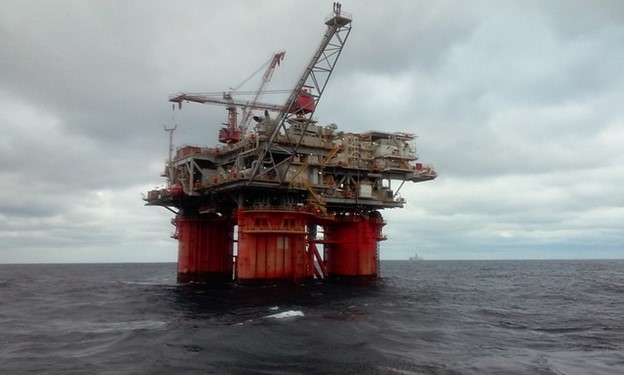Oil prices dropped in Asia after increasing almost 3% in the recent session.
U.S. Crude Oil WTI Futures fell 0.2% to $56.84. Also, International Brent Oil Futures dropped by 0.3%.
The gains overnight were mainly due to a smaller build in weekly U.S. crude stockpiles.
The Energy Information Administration forecast that crude stockpiles increased by 1.38 million barrels for the week of Nov. 15. The market was anticipating an increase of about 1.54 million barrels.
Gasoline inventories surged by 1.8 million barrels, compared to analysts’ expectations for an increase of 870,000 barrels. Distillate stockpiles dropped by about 1 million barrels versus forecasts for a decrease of about 730,000 barrels.
The United States and China’s phase one deal might not sign this year. Concerns about it sent equities and other risk assets down today.
The fight between Washington and Beijing escalated once again after the U.S. chamber passed two bills to cover human rights in Hong Kong. According to a source familiar with the concern, Bloomberg oil said they are expecting U.S. President Trump to sign the bills.
The signing of a partial trade deal is in doubt after Trump said that he did not agree to decline existing tariffs on Chinese products. Yesterday, the president warned that he would increase the tariffs even higher.
China’s chief negotiator said that he was cautiously optimistic about reaching a phase one trade deal with the U.S. despite tensions over Hong Kong.
Russian President said Russia and OPEC have the same goal of keeping the oil market balanced and predictable. Also, Moscow will continue cooperation under the world supply curbs deal.
The OPEC meets on Dec. 5 in Vienna, followed by talks with a group of other exporters. This includes Russia, also known as OPEC+.
Oil Prices Dropped on Concerns of Delay in U.S.-China Trade Deal
Oil prices fell after increasing more than 2% in the recent session on bullish U.S. crude inventory data. This is a new dispute over Hong Kong fueled concerns of a further delay in any U.S.-Sino trade deal.
The trade war between the U.S. and China hit global growth prospects and ruled the outlook for future oil demand.
The House of Representatives of the U.S. might pass two bills to protect protesters in Hong Kong, much to the disappointment of China. Trade experts warned phase one of a trade deal to move next year.
Brent crude futures dropped 20 cents, or 0.32%, to $62.20 a barrel. Also, the international benchmark increased by 2.5% on Wednesday.
West Texas Intermediate crude futures fell 17 cents, or 0.3%, to $56.84 per barrel. The U.S. crude rose up 3.4% in the recent session.
Head of analytics at Interfax Energy said delays in signing the phase one deal is yet another sign that Washington and Beijing stayed pole apart in resolving their truce.
U.S. President Trump said he would increase tariffs on Chinese imports if the trade deal is canceled.
Propelled oil prices inched higher on Wednesday, while a smaller-than-expected increase in weekly U.S. inventories.
Crude oil stocks at the U.S. delivery hub of Cushing, Oklahoma, dropped by 2.3 million barrels. Also, U.S. crude stocks increased by 1.4 million barrels in the week of Nov. 15. This is contrary to the expected 1.5 million barrels increase, according to EIA.
ANZ research said it was importantly lower than the 6 million barrels increase that API data showed earlier in the week. However, it was a drop in stockpiles at the key pricing of Cushing that made prices higher.
















